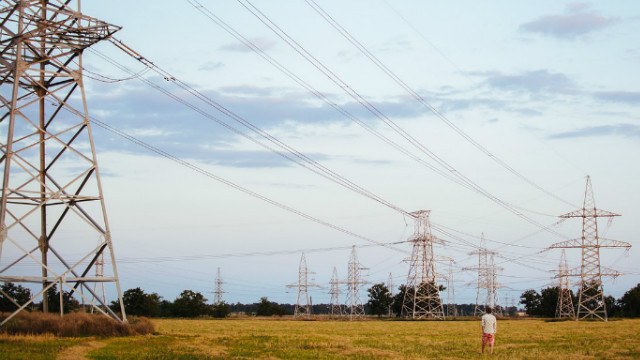Higher interest rates can be both a blessing and a curse for equity investors. They are a sign that economic growth has picked up, which usually indicates that consumption is growing and business confidence is expanding, thereby boding well for the performance of the majority of stocks.
Nonetheless, it also signals that the cost of financing is rising, and this can be a negative for companies operating in capital intensive industries. While Bank of Canada’s latest rate hike was only a conservative 25 basis points or bps, it has the potential to impact the earnings and growth plans of utilities.
Now what?
Utility stocks have long been a staple favourite among investors seeking steady long-term growth, regular income and low volatility.
Privately owned utilities are unique in that they are effectively investor owned, government approved oligopolies. In exchange for making a significant capital investment in the infrastructure required to provide essential services such as generating and transmitting electricity their revenues are protected by government regulated pricing. That allows them to earn a fixed rate of return from a largely recession proof source of revenue.
However, the heavily regulated nature of the utilities sector means that the growth rate is quite low and most companies grow by acquiring other utility businesses. To make those acquisitions they require tremendous amounts of capital which is sourced from debt markets and equity markets.
While a 25bps rate hike is quite modest, many analysts believe that it signals there are more on the way with them forecasting that the overnight rate will double to 1.5% by the end of 2018. In a macro environment where rates are rising the cost of debt increases impacting heavily indebted utilities such as Fortis Inc. (TSX:FTS)(NYSE:FTS). After taking advantage of historically low interest rates to finance a massive buying spree in recent years that saw it become a top 15 North American utility, Fortis has amassed a colossal $46 million in debt and other contractual obligations.
This leaves it susceptible to the impact of higher interest rates on the cost of capital which becomes quite apparent when it is considered that for the first quarter 2017 Fortis reported interest costs of $238 million or almost $1 billion annualized.
Another issue created by higher interest rates that many investors fail to appreciate is that they make other lower risk assets such as bonds more attractive by boosting their yield. That means the risk-free rate rises, leading to investors demanding a higher risk premium for choosing to accept the additional hazards that come with investing in stocks.
Given higher financing costs are already compressing margins in a sector that has relatively low yields it becomes difficult for utilities to boost their returns to remain attractive to investors. This magnifies the challenges associated with raising the substantial capital required to expand their operations through equity financing.
Higher rates also increase the vulnerability of electric utilities to weaker electricity prices because the prices they receive are typically contractually locked in for a fixed period. This means that they are unable to raise prices in response to the increased costs created by higher interest rates. In the U.S. the impact of this phenomenon on electric utilities is being worsened by weak demand for electricity which according to research from Bloomberg and the U.S. Energy Information Administration will cause electricity prices to remain flat over coming years. This is not good news for Fortis which derives just over half of its net earnings from the U.S.
So what?
Stable steadily growing earnings and dividends sustained by acquisitions fuelled by access to cheap capital have been a boon for utilities and their stockholders alike. These characteristics made them an increasingly popular investment among investors seeking yield and stability.
Nevertheless, the latest rate hike coupled with the prospect of more over the coming year has caused that attractiveness to fade. As costs rise margins will be compressed, eventually causing dividend growth to slow and then stall reducing the yield available to investors making utility stocks an even less attractive investment.









